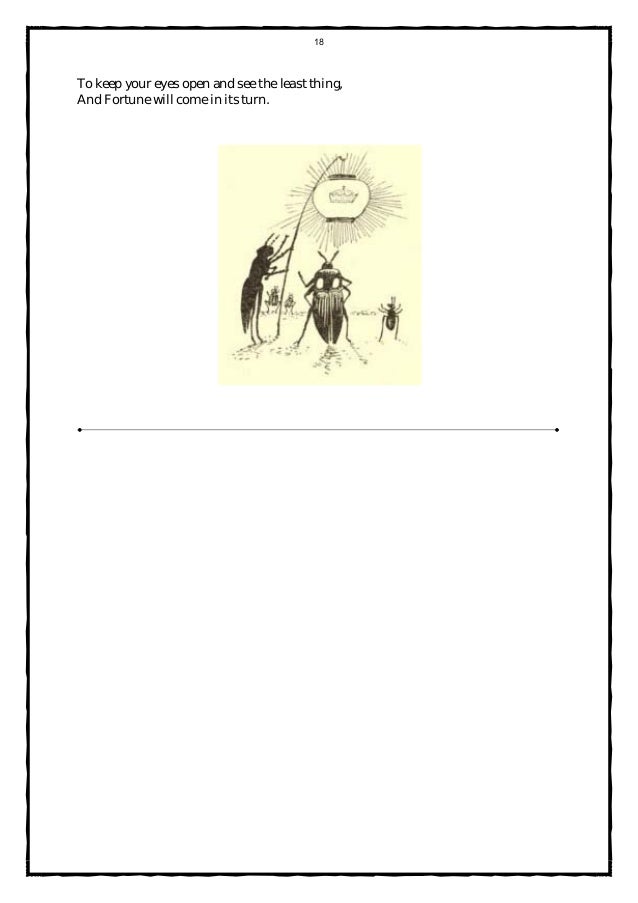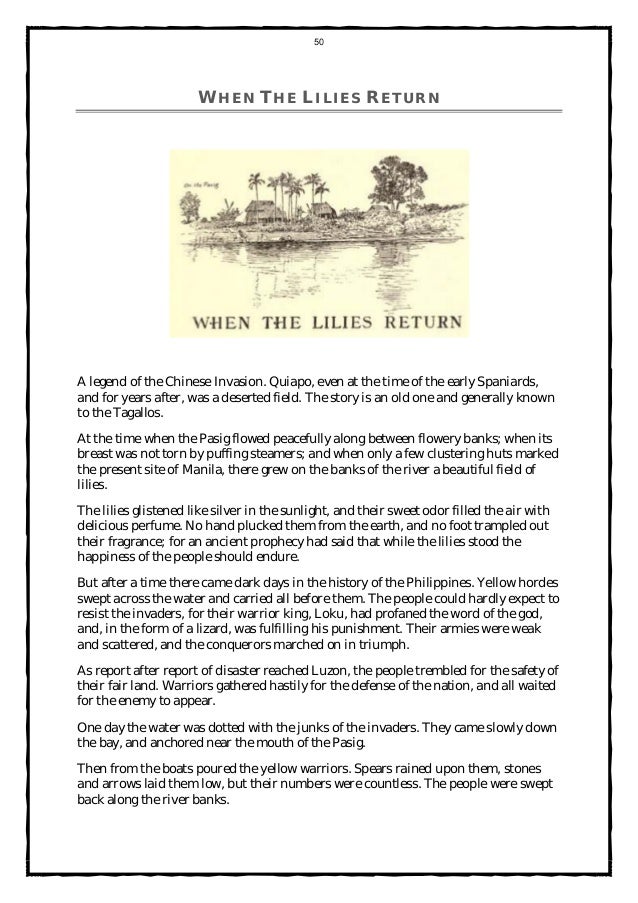

It contains entries on Gugurang, Aswang & other supernatural and mythical entities but no entry on a youthful male moon deity. Marcos de Lisboa published the Vocabulario dela lengua Bicol, a dictionary of Bicolano words, terms. There’s no such thing as a Bulan deity in precolonial Bicolano myths. Even the title “ patron god of homosexuality” is nothing but a modern embellishment resulting from the Sidapa and Bulan/ Libulan love story hoax. There aren’t any evidence that explicitly cite Bulan and Libulan as lunar deities revered by the natives back then. Again, no mention of Sidapa having an affair with a moon deity. In Jocano’s Outline of Philippine Mythology (1969), Sidapa is a female deity with a husband and lives in a place called Kamariitan. There’s no mention of Sidapa having an affair with another deity. Sidapa appears in the Tagalog tale “ Why the Cock Crows at Dawn” in Damiana Eugenio’s The Myths where said deity is portrayed as a war god who turns a servant into a rooster after failing to wake him early in the morning many times. Blumentritt doesn’t mention Sidapa having any affair.

There’s no mention of Sidapa in the Hinilawod or Sugidanon, epics of the inland and mountain people, the Sulod or Panay Bukidnon of Panay Island in Western Visayas. It’s not that far fetched considering that belief in Sidapa was only among the coastal people of precolonial Iloilo and some parts of Antique who were mostly descendants of Hindu Srivijayan migrants. In the Diccionario Mitologico de Filipinas, there is a theory that Sidapa (the name particularly) must have been originally Sri Pada, a name identified with the Hindu god Vishnu. Also, he doesn’t mention Sidapa being revered in neighboring Visayan islands. There is no mention of Sidapa having an affair with a fellow deity. According to Loarca he got such info through the natives’ songs about their deities and ancestors, which they sang during communal gatherings, communal work and even during mundane tasks. On the said tree he carved a notch every time a person was born to set the length of the said person’s life. During Loarca’s time the people of what is now Arevalo District, Iloilo City and neighboring villages believed that Sidapa was responsible for the length of an individual’s lifespan and that he had a huge tree up Mt.

Sidapa was first recorded in Miguel Loarca’s Relacion de las Islas Filipinas (1582), a report about the archipelago and it’s people. I guess facts are irrelevant when a narrative is being pushed. They’re warping indigenous myths to conform with their own agenda, with their own culture just like what the colonizers did. What matters to them is their own “culture” which they are projecting into the myths.

These people don’t really give a damn about the culture behind our ancestors’ myths. There are people who justify the narrative as a result of “evolving myths” or that it could be considered as a modern myth when in fact it is nothing but a certain group of people forcing their modern identity politics into our ancestors’ myths. There aren’t any old documents to prove that such a narrative is part of precolonial myths nor is the story featured in any oral tradition. The tale is a hoax peddled online as actual precolonial Philippine mythology and belief. The love story of Sidapa and Bulan or Libulan, that resulted to insinuations that they are “queer” deities with Bulan or Libulan being tagged as “patron god of homosexuality” is nothing but a modern fabrication. With that in mind, let me present some facts to debunk the misconceptions some people are insinuating about the myths on Sidapa, Bulan, Libulan, Haliya and Mayari. Centuries of colonization almost wiped out these myths and, sadly, today some of our own people are finishing what the colonizers started. These only confuse and misinform those who are new to Filipino mythology, doing further damage to what remains of our ancestors’ myths. It’s also lamentable that there are artists who spread poorly researched artwork on precolonial Filipino mythology and beliefs. Even worse are those who fetishize the myths. Unfortunately, there are people out there who are spreading Filipino mythology-inspired stories reeking of modern concepts as actual precolonial myths either due to ignorance or a deliberate act to further personal biases or self-inserts influenced by the folly of identity representation - to make it look as if the very modern sociopolitical movement they are forcing into society was already a thing during our ancestors’ time take modern gender sensibilities, for example. Fiction inspired by or based from precolonial Filipino mythologies, in a way, help preserve our ancestors’ myths.


 0 kommentar(er)
0 kommentar(er)
